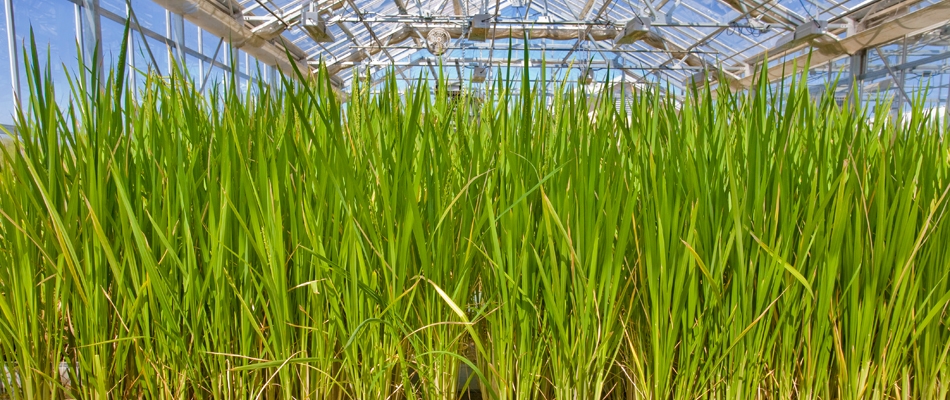
Features
Bioenergy
Biomass
Marginal soil can make for good biofuel crops
October 23, 2015 - Switchgrass, a perennial native to the tallgrass prairie, is one of the most promising bioenergy crops in the United States, with potential to provide high-yield biomass on marginal soils unsuitable for traditional agricultural crops.
New research by Lawrence Livermore National Laboratory, UC Berkeley, the University of Oklahoma, Lawrence Berkeley National Laboratory and the Samuel Roberts Noble Foundation is looking into whether switchgrass cultivation could result in an enhancement of key ecosystem services such as carbon sequestration, soil fertility and biodiversity.
The team recently received funding from the Department of Energy's office of biological and environmental research to conduct the research. LLNL will receive about $1.6 million over five years.
The team found that switchgrass (Panicum virgatum) can grow and propagate in marginal soils, making it a good candidate for sustainable biofuel production.
"We'll target plant-microbe interactions during establishment to gain insight into how symbiotic and associative microbes improve plant performance and biomass production under nutrient- and water-limited conditions," said Jennifer Pett-Ridge of LLNL, who is co-principal investigator of the project.
October 23, 2015 By Lawrence Livermore National Laboratory
 Lawrence Livermore scientists are studying switchgrass Lawrence Livermore scientists are studying switchgrass
Lawrence Livermore scientists are studying switchgrass Lawrence Livermore scientists are studying switchgrass